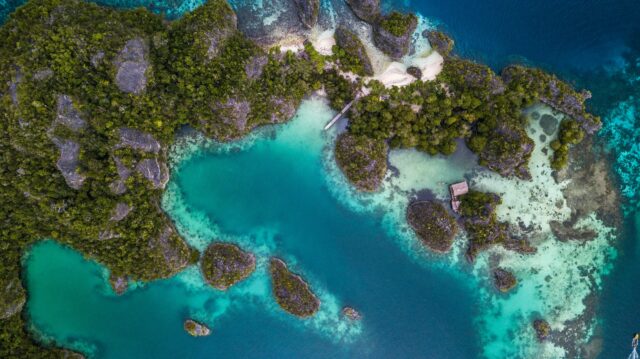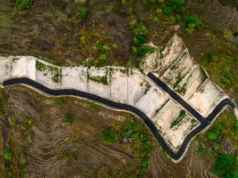Welcome to the realm of Raja Ampat in West Papua, Indonesia , a place that delivers epic scenery above water and mind-blowing biodiversity below.
In this article I’ll take you on a journey through those hidden treasures: the remote islands, the living coral reefs, and the unique creatures that call it home.
By the end, you’ll know why travel enthusiasts whisper “Raja Ampat” with reverence, and you’ll have practical inspiration to plan your own adventure.
Discovering the Archipelago of Islands
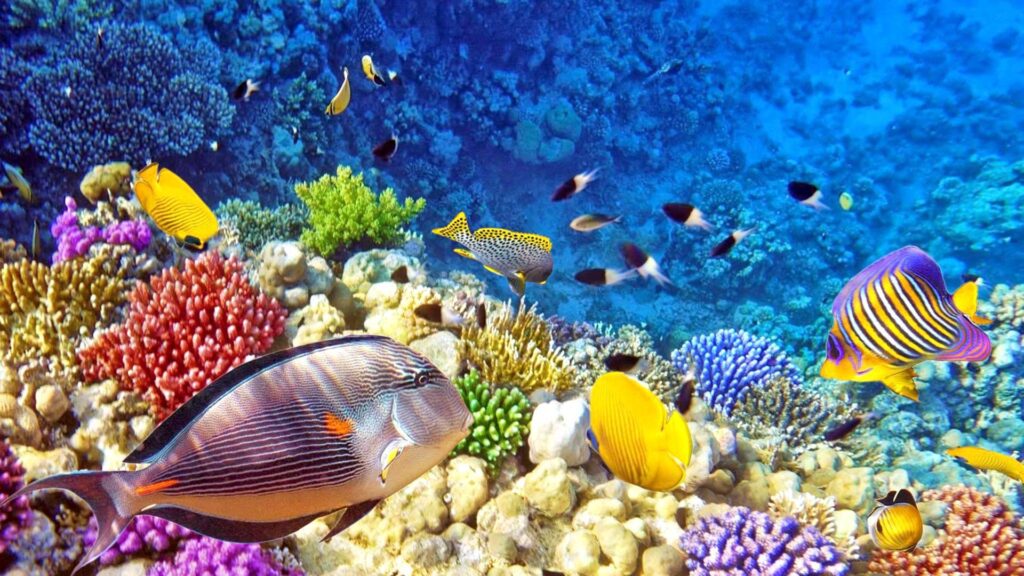
From the moment you arrive in Raja Ampat you feel like you’ve wandered into a different world. The archipelago comprises hundreds of islands and islets, each offering its own set of secrets. Here’s a closer look at what makes the islands special.
Remote Landscapes and Island Hopping
The primary islands – Waigeo, Misool, Batanta and Salawati – along with myriad tiny islets create a labyrinth of sea and land. The views are epic: dramatic karst peaks jutting from the sea, emerald jungle meeting white sand beaches, and those iconic limestone mushrooms in the north.
On the water, one of the most luxurious ways to explore is via a private yacht Raja Ampat charter, which allows you to drift between secluded bays, snorkel off your deck and anchor beneath a sky full of stars.
In those calmer moments between dives or walks you’ll feel the calm seep in. Small villages, mostly untouched by mass tourism, offer glimpses of everyday island life: fishermen hauling nets, kids playing in the shallows, tiny wooden houses framing ocean views.
One major bonus: because many islands are undeveloped, you’ll find beaches and viewpoints entirely to yourself.
Why these islands feel so unique
- Intersected by both Pacific and Indian Ocean currents, bringing nutrients and life.
- Very few large resort developments in many parts, so nature feels more raw.
- The blend of land-and-sea ecosystems gives you jungle, mangroves, reef slopes and open ocean all in one place.
Exploring Raja Ampat is more than a beach holiday – it’s an immersive nature adventure that rewards anyone willing to go off the beaten path.
The Living Tapestry of Coral Reefs
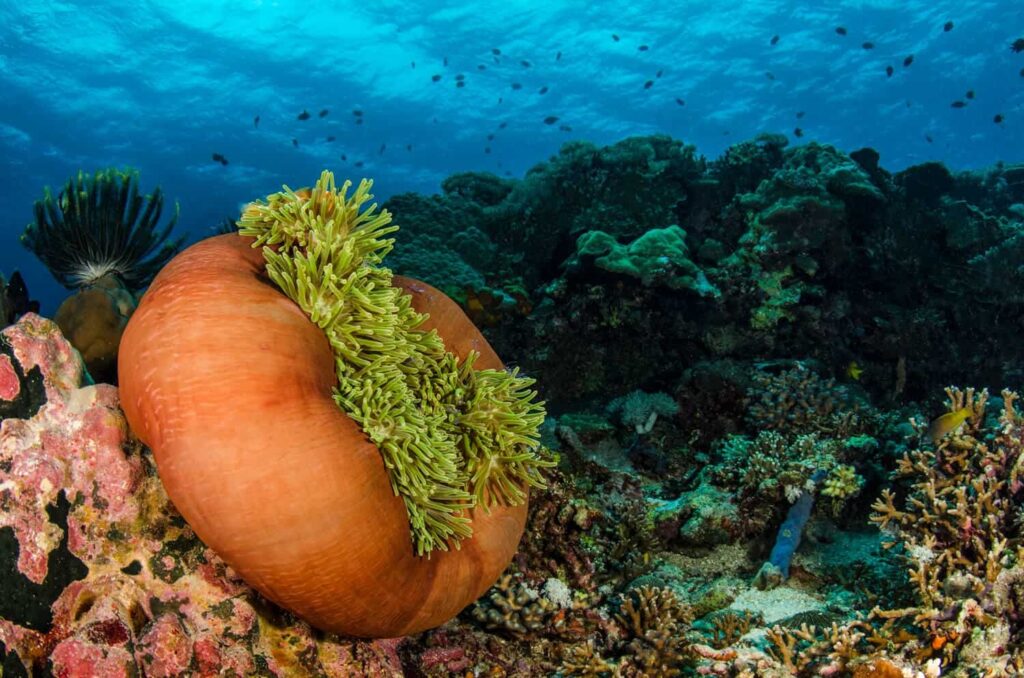
Beneath the surface lies one of the planet’s greatest marine wonders. The reefs of Raja Ampat are the reason many travellers come with snorkel or dive gear.
Why the coral reefs are exceptional
To appreciate the scale: researchers have found over 550 species of hard coral and more than 1,600 species of reef fish in Raja Ampat. One measurement claimed that some individual reef sites contain more species than entire reef systems elsewhere.
Here are some of the reef highlights in bullet form:
- Shallow coral gardens where sunlight floods the seabed and soft corals wave like fields of flowers.
- Steep “reef walls” plunging into blue depths, draped in sponges and gorgonians.
- Vibrant macro-life: tiny nudibranchs, colourful crinoids, and all manner of shrimp and crustaceans amongst the coral branches.
“The coral reefs in Raja Ampat are known to be the most biodiverse marine ecosystem on the planet.”
What makes that even more special is that many of these coral ecosystems are showing high resilience to bleaching and disease compared to other reefs.
Quick reference table: Reef-types you’ll encounter
| Reef Type | Depth Range | What You’ll See Most |
| Fringing/lagoon reefs | 2-15 m | Bright branching coral, snorkel friendly |
| Channel/reef walls | 20-40 m | Sponges, reef fish schools, deeper corals |
| Patch/slope reefs | 10-30 m | Mix of soft/hard coral, macro-creatures |
This table gives you a flavour of what to expect and helps you decide whether you want shallow snorkel zones or deeper dives.
Island Highlights You Might Miss
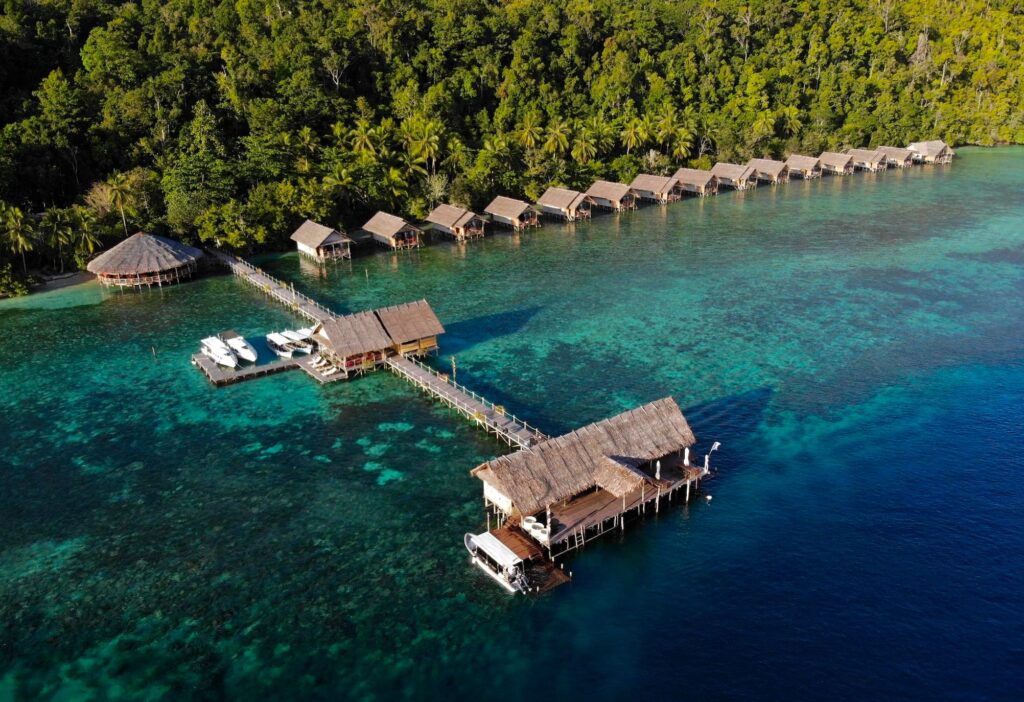
There are well-known “must-see” spots in Raja Ampat, but this section dives into lesser-talked-about gems that often leave a deeper impression.
Secret bays, local villages and unique birdlife
One of my favourite mornings was kayaking through a jungle creek, meeting locals on stilts and sipping coconut water while waiting for the tide to turn. That sense of discovery, of untouched islands—is what brings people back.
Some islands host endemic bird species and rare wildlife. For instance, forest trails on islands like Waigeo lead to the red bird of paradise (yes, the flamboyant one) and sea eagles circling above. On the coast you might spot saltwater crocodiles or watch fishermen casting nets at dawn. This intimate blend of land and sea is rare.
Did you know? Many of the limestone islands you see above water are actually ancient coral reef structures that have been pushed and shaped by geological forces over millions of years.
Spending a night on a small island homestay or bungalow is sometimes more rewarding than a mega-resort; you’ll hear the waves, observe sea life from the jetty and feel how slow and sweet the pace can be here.
Snorkelling and Diving Experiences
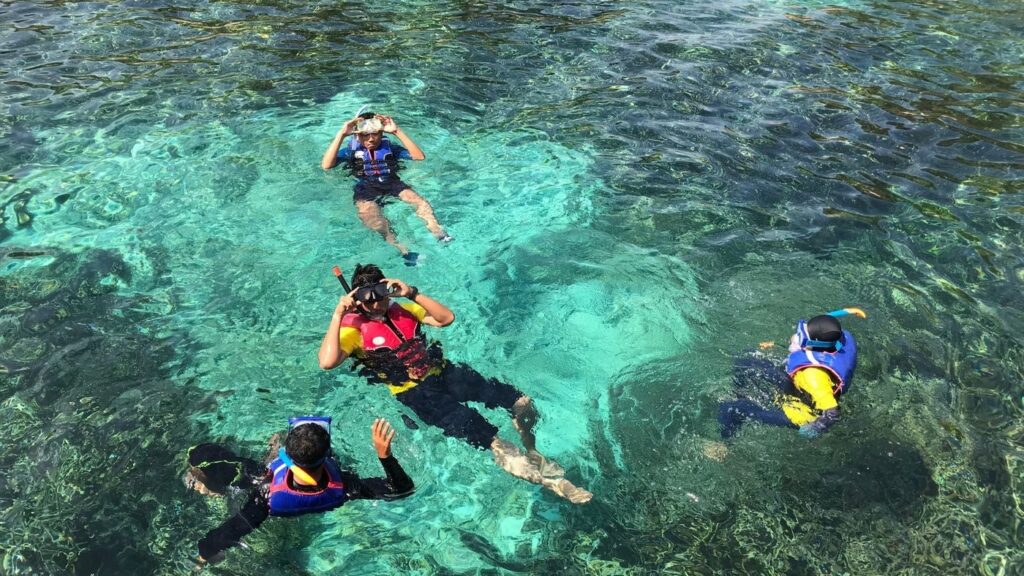
Whether you’re a seasoned diver or a first-time snorkeller, Raja Ampat has the goods. Here’s how to choose your experience and what to expect.
What to expect in the water
Imagine drifting over coral fields, fish shimmering like sequins, the sunlight filtering down through water as clear as glass. That’s Raja Ampat. For snorkellers, many reef tops sit at shallow depth (2–10 m) and are reachable from a boat or a calm beach. For divers, walls, channels and slopes offer serious “wow” moments.
Some memorable sightings: manta rays dancing at cleaning stations, schools of barracuda forming silver clouds, wobbegong sharks lurking beneath coral ledges.
Currents can be strong in some sites, so many liveaboards and dive operators advise some experience. But beginner-friendly spots abound.
Tip: Always dive or snorkel with a guide familiar with local currents. Respect the reef by not touching corals, and use reef-safe sunscreen. These reefs are so rich but also so fragile.
Top snorkel/diving spots (brief list)
- Blue Magic (Misool) – colourful hard coral slopes, macro life.
- Cape Kri – known for record numbers of fish species in one dive.
- Barracuda Point – swirling silver-fish, strong current, exhilarating.
- Arborek Jetty – shallow, calm and brilliant for snorkelling and kids.
- Wofoh Island wall – dramatic drop-off with sponges and soft corals.
Try to spend at least one snorkel session and one full dive (if you dive) on different reef types , you’ll be amazed how different coral gardens look and behave.
Practical Tips Before You Go
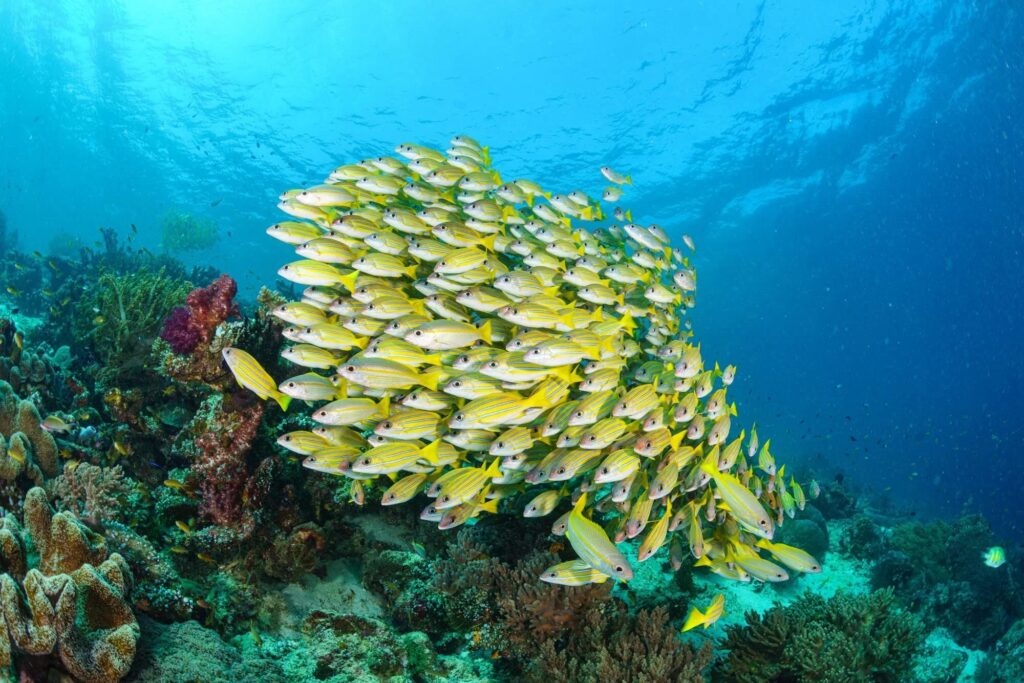
Here’s a curated list of what to pack, how to get around and when to visit so you can push beyond the surface and experience Raja Ampat in full.
Best time to visit and travel logistics
The dry season (typically October-April) is ideal for calm seas and clear visibility. During this time you’ll catch better snorkelling and easier island-hopping. The monsoon season brings more rain and rougher waters but fewer tourists and sometimes special rates.
Getting there: most itineraries fly into Sorong in West Papua, then take a speedboat to your base island. Many liveaboards or yacht charters operate from there. Do allow buffer time for sea conditions.
What to pack (essentials checklist)
- Lightweight reef-safe sunscreen, rash guard to protect your skin and the reef.
- Good snorkel gear (mask, fins) if you have your own, though local operators often supply.
- Dive certificate if you dive, and logbook.
- Dry bag for camera, phone, valuables (islands get wet!).
- Reusable water bottle – plastic waste is especially problematic in remote islands.
- Basic medical kit (motion sickness pills if you get seasick, antiseptic, insect repellent).
A final tip: the remote nature of many islands means limited WiFi or signal. Consider this your “digital detox” time.
Wrapping Up
Raja Ampat’s magic is undeniable. Between coral gardens, towering reef walls, and emerald islands, it feels like nature’s own luxury escape.
Beneath the waves or between limestone islets, you’ll find a rare sense of wonder that stays long after the trip ends.
Pack your snorkel, set sail on a private yacht or liveaboard, and experience the hidden beauty of these islands – it’s the kind of journey that changes how you see the ocean forever.

